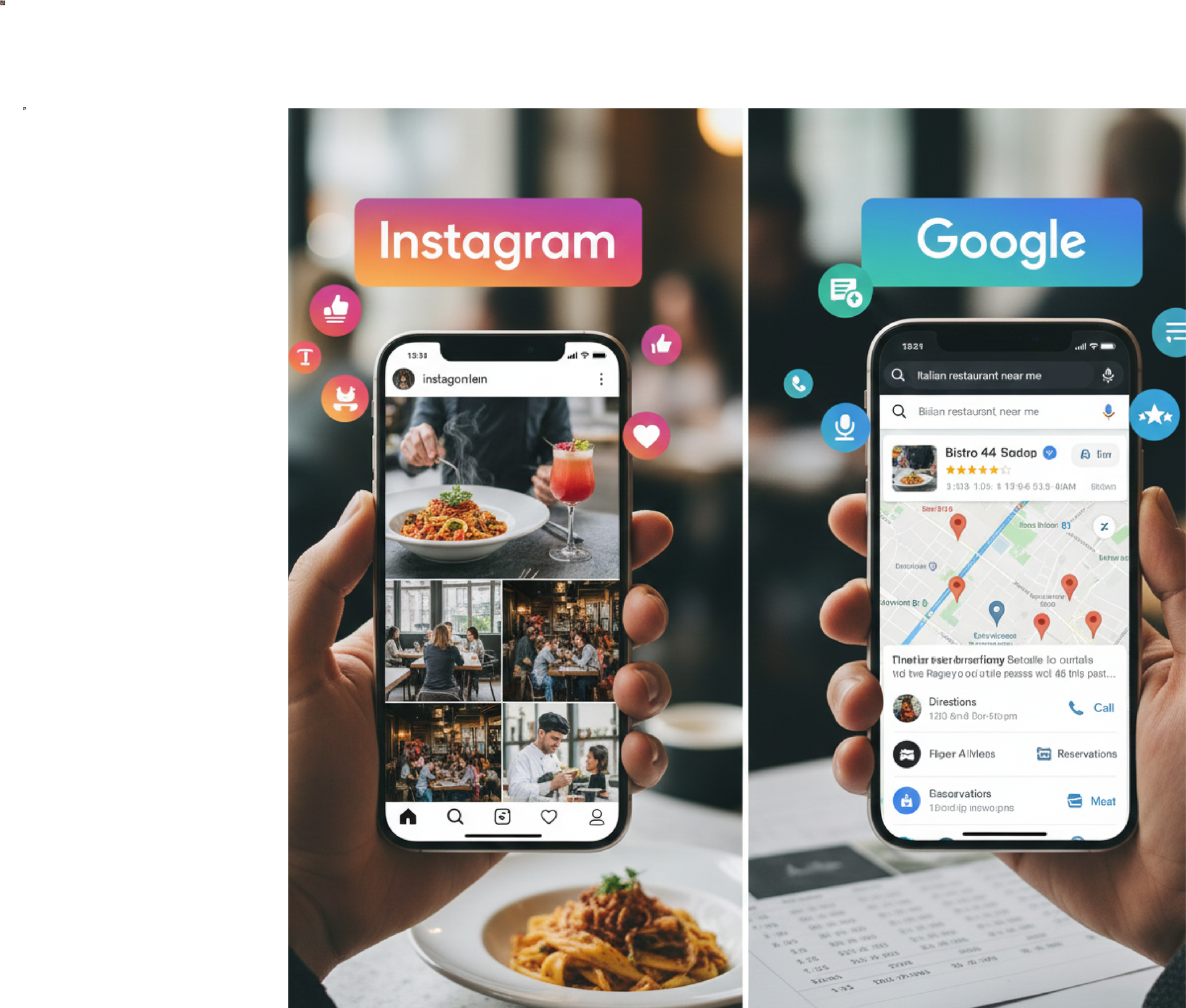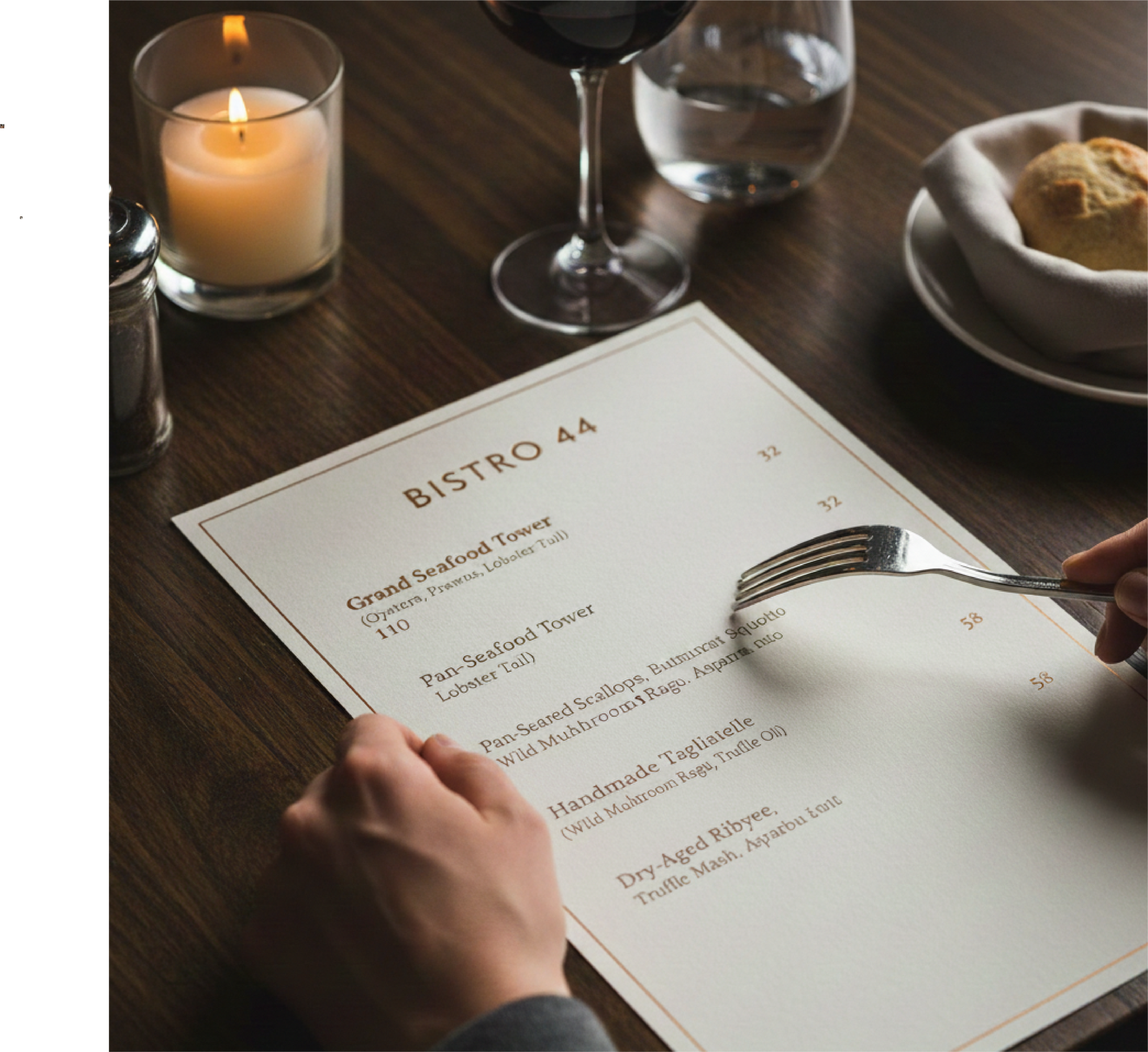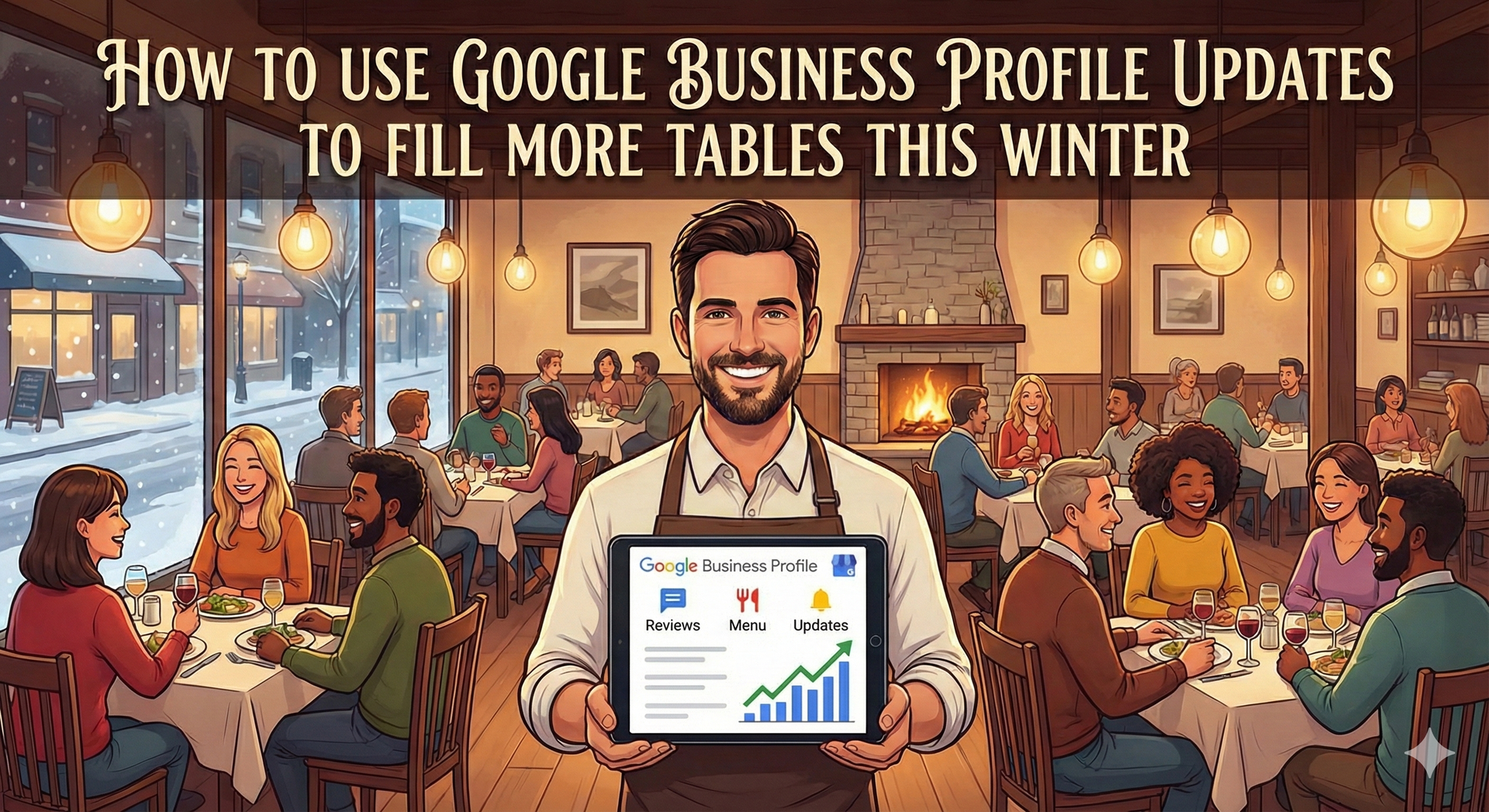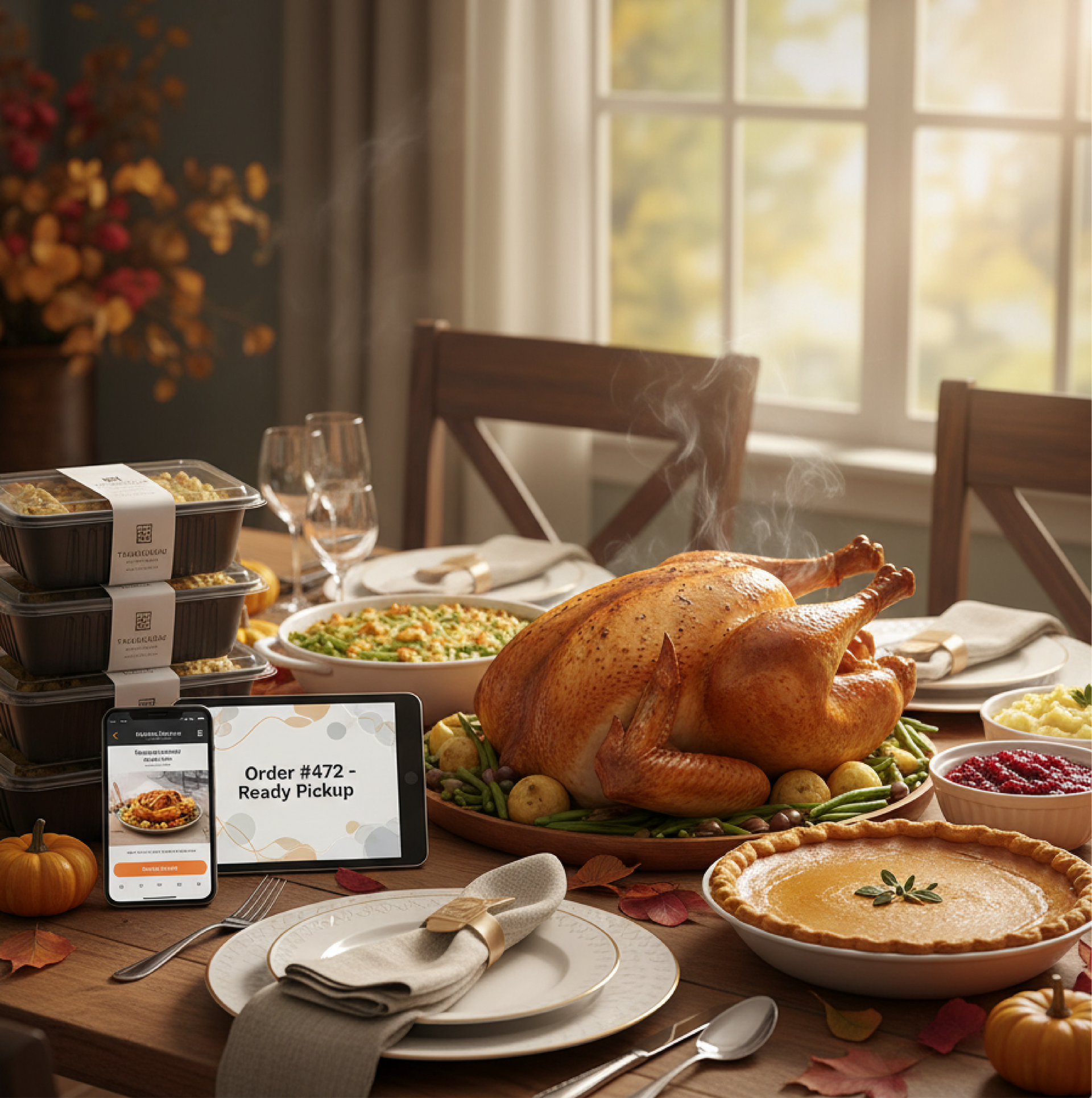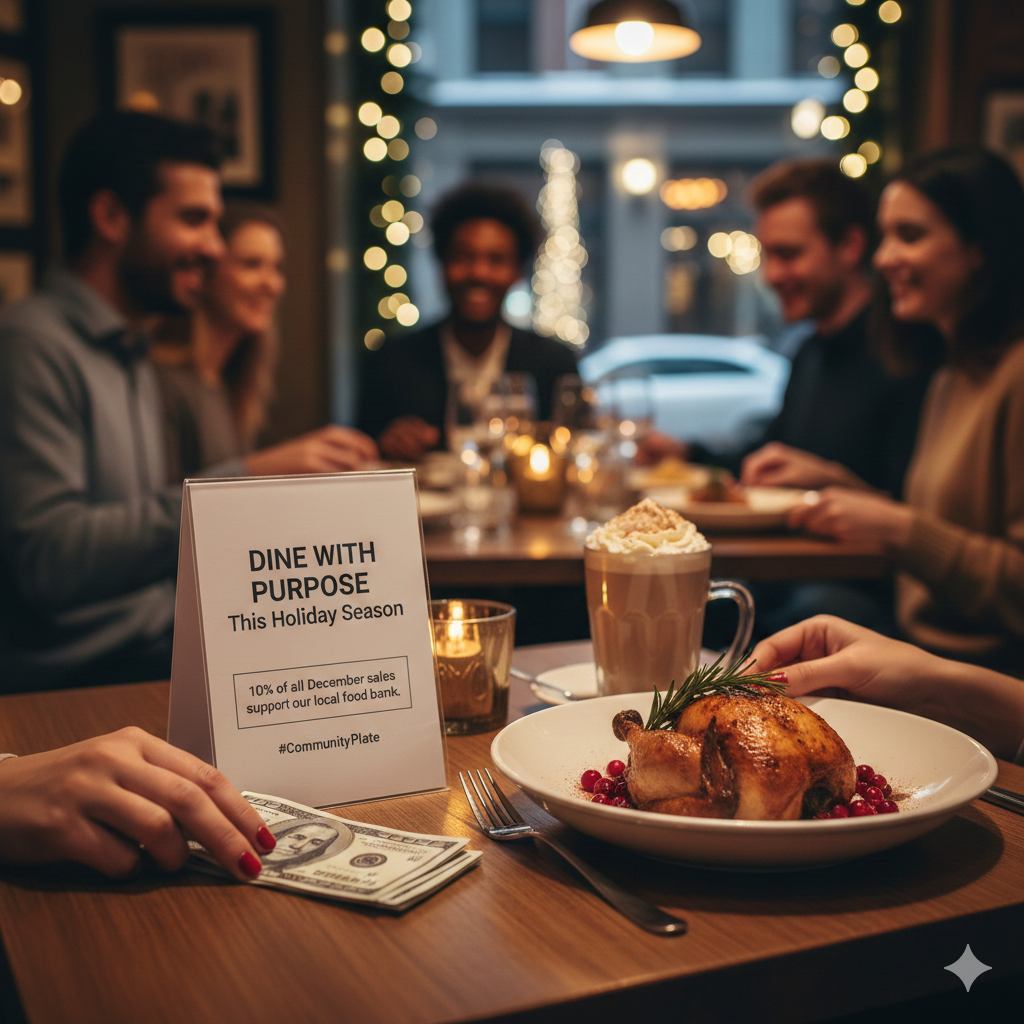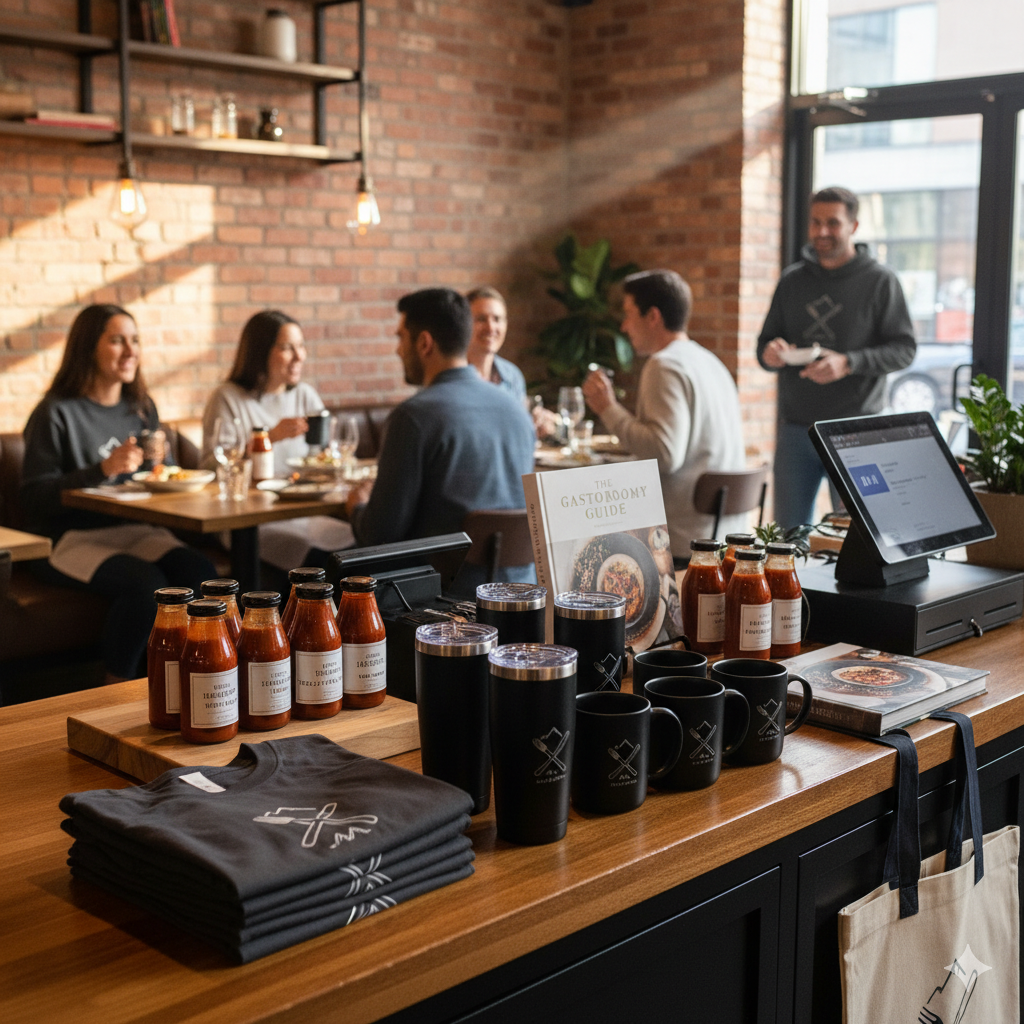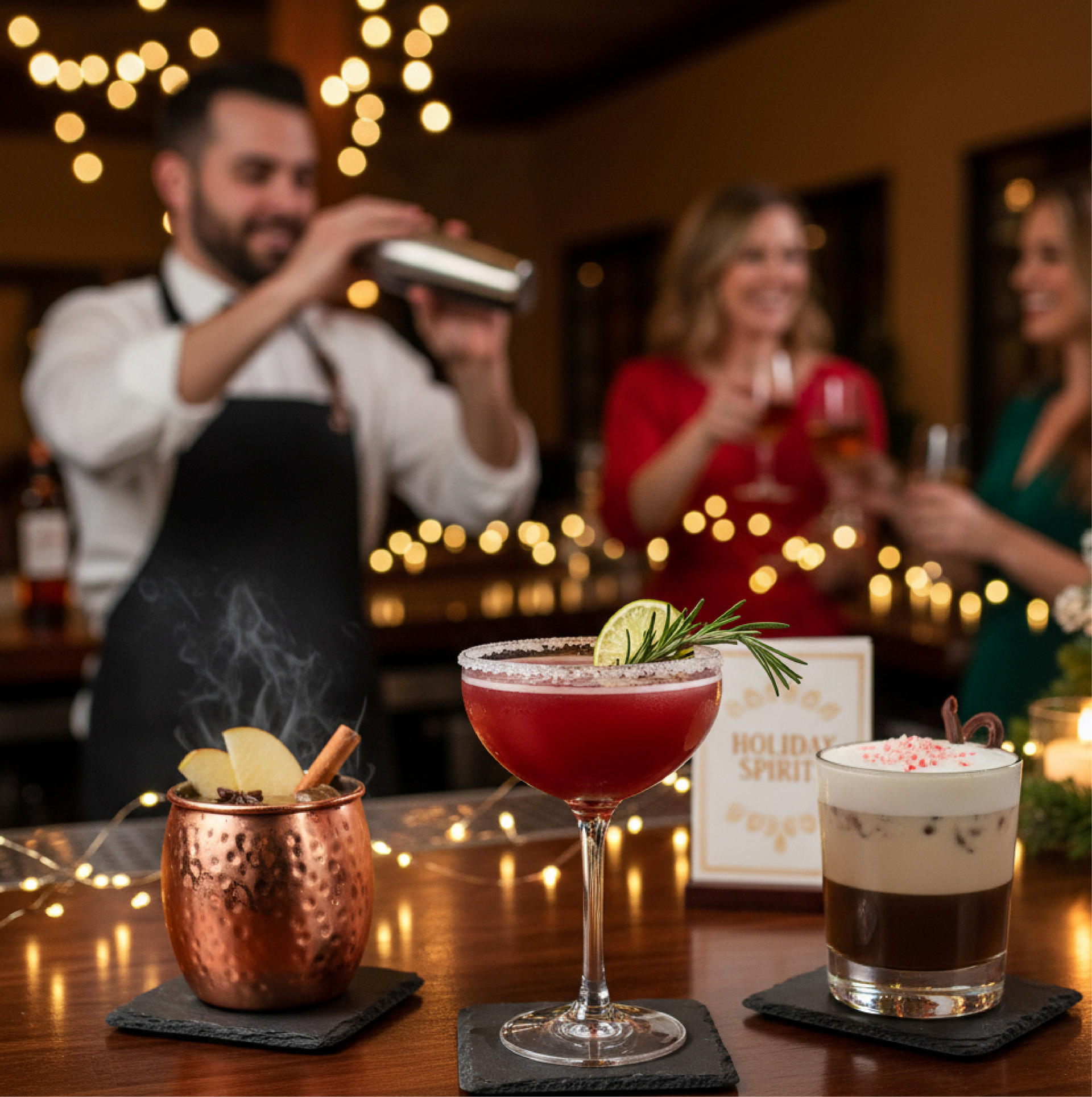Blog
Winter Food and Beverage Trends 2021
What's coming to a restaurant and bar near you.

Although it’s only October, people everywhere are preparing for the winter, more specifically, Christmas. The winter months can be somewhat unbearable depending on where you live, but there’s no doubt that winter foods and festivities brings a positive feeling to almost everyone.
Without a doubt, more people will find themselves eating a lot more than they usually do. You might find yourself baking more and making more hearty meals as the temperature starts to drop more. However, this is a normal thing that happens to most of us as the temperature drops.
According to Ira Ockene, a cardiologist from at the University of Massachusetts Medical School, she has documented in her research that caloric intake increases during the colder months. The subject in the study reported that they consumed about 200 more calories daily during the beginning of fall.1
This explains why we crave more hearty meals during the cold seasons because it’s our body’s natural response. If you think about it, we associate larger meals in the seasons of fall and winter such as casseroles, turkey, ham, and baked goods.2
People also associate the winter with festivities and happiness as Christmas and New Year’s comes along. When people eat these meals during the winter, they’re usually around people they love most like family and friends.
Here are some winter food trends that we think you will be eating around the winter months at your favorite restaurants:
Spicing it up
During the winter, people will want to keep themselves warm. What’s a better way to warm yourself up than with some crazy spices that will for sure get you sweating?
BBW – Doritos Spicy Sweet Chili Flavored Sauce
Buffalo Wild Wings is known for its variety of sauces used to toss its wings in, but this is the company’s first collaboration with Doritos.3
The sauce combines the flavors of soy sauce, brown sugar, onion, garlic, and paprika. The sauce is then topped off with Doritos Spicy Sweet Chili chip crumbles to add more crunch to your crispy wings.
Burger King – Spicy Ghost Pepper Nuggets
What’s the obsession with ghost peppers these past few years? Whatever it is, Burger King is hopping on that crazy spice trend. Burger King used to have their spicy nuggets before, so what’s new about these nuggets? Well, ghost pepper packs around 850,000 to 1,050,000 Scoville heat units. It is known as one of the spiciest chili peppers in the world. The heat won’t kick you in the fact right away, but it’ll creep up on you slowly. Be prepared if you try these spicy nuggets.4
Applebee’s – Cosmic Wings
Winter months means college football season. Hot Cheeto trends have always been a thing. People have been putting it on their elotes or their pizzas. The spicy flavor and crunchy texture are addicting to most. You may find your neighbors bringing home some Hot Cheetos-flavored wings from Applebee’s for their game night.
Impossible and plant-based items
When people think of winter, they think of hearty and meaty meals. There’s not a lot of options out there for vegetarians or vegans when it comes to fast-food and fast dining, but some franchises are changing that up as quickly as possible.
Burger King – Meatless Chicken Nuggets
Burger King is on a role with these new menu items. We all heard of the impossible burger and Burger King is stepping up its game with their meatless chicken nuggets, the Impossible Nuggets. Their Impossible Nuggets are plant-based. This is a big deal, especially in the fast-food industry, because chicken substitutes are usually hard to find.5
JINYA Ramen Bar – Flying Vegan Harvest
Soups are popular in the winter seasons. Ramen bars have grown in popularity as well as Japanese culture grows in popularity in the states. JINYA Ramen bar offers 5 vegan menu item options. The one that may be the most popular is their Flying Vegan Harvest ramen bowl. It’s warm and slightly spicy. Perfect for the winter months.
Sarpino’s Pizzeria – Plant-Based Pepperoni
There’s a lot of vegan and vegetarian options for pizza lovers too, but plant-based pepperoni offers a new and delicious twist. Feeling warm and fuzzy. During the winter, there are always new cocktail recipes that people are running to try. However, this winter, some people may be wanting to try lower-alcoholic cocktails according to Chef Jill. It makes enjoying the holidays easier and making them guilt-free.
Mark Addison's Winter Rosé Sangria
Mark Addison is known to be the mastermind behind the award-winning cocktail book, “Cocktail Chameleon.”
This cocktail is served warm. It “combines the wine with bourbon, orange juice, cranberries, and the wonderfully warming spices that keep winter at bay.”6
Eric Riberio's Singleton & Spice
Eric Riberio is a bar director and educator at Diaego NYC, which happened to be one of the largest spirits and beer producers in the world. The Singleton and Spice features The Singleton of Glendullan, hot water, honey, lemon juice, cinnamon, and apple slices are optional. This is sort of like an extra-cozy, festive version of a Hot Toddy.
Ina Garten's Pomegranate Gimlet
Not feeling the warm drinks? Ina Garten’s Pomegranate Gimlet will have you hooked all winter long. The pomegranate will provide you with the antioxidant you need during the colder months of the year.
References
1. https://www.npr.org/sections/thesalt/2011/12/19/143950231/why-are-we-more-hungry-in-the-winter
2. https://www.hotelchocolat.com/uk/blog/food%2Bdrink/why-are-you-hungrier-in-winter.html
3. https://www.fsrmagazine.com/content/buffalo-wild-wings-starts-serving-doritos-spicy-sweet-chili-flav...
4. https://www.thrillist.com/news/nation/burger-kings-ghost-pepper-chicken-nugget-taste-test-we-tried-b...
5. https://www.cnbc.com/2021/10/06/burger-king-to-test-impossible-foods-meatless-nuggets-.html
6. https://www.veranda.com/luxury-lifestyle/entertaining/g35139234/winter-cocktails/
7. Ibid
Goliath Consulting Group is a restaurant consultancy group based in Atlanta, Georgia. To learn more about our services including menu development, business strategy, marketing, and restaurant operations, contact us at http://www.goliathconsulting.com
or email us at getresults@goliathconsulting.com
